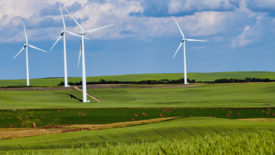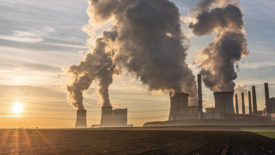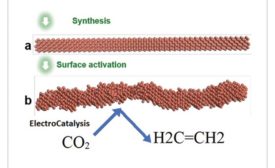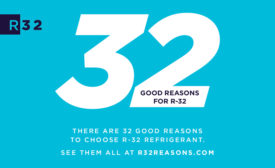Home » Keywords: » global warming
Items Tagged with 'global warming'
ARTICLES
White Paper
Reducing the Environmental Impact of HVAC Systems by Using R-32 Refrigerant
September 14, 2020
Purdue University: More Accurate Climate Change Model Reveals Bleaker Outlook on Electricity, Water Use
If supply doesn't meet demand, expect power blackouts.
April 21, 2020
Be in the forefront of the mechanical engineering industry!
Join thousands of professionals today. Shouldn’t you know what they know?
JOIN NOW!Copyright ©2024. All Rights Reserved BNP Media.
Design, CMS, Hosting & Web Development :: ePublishing









